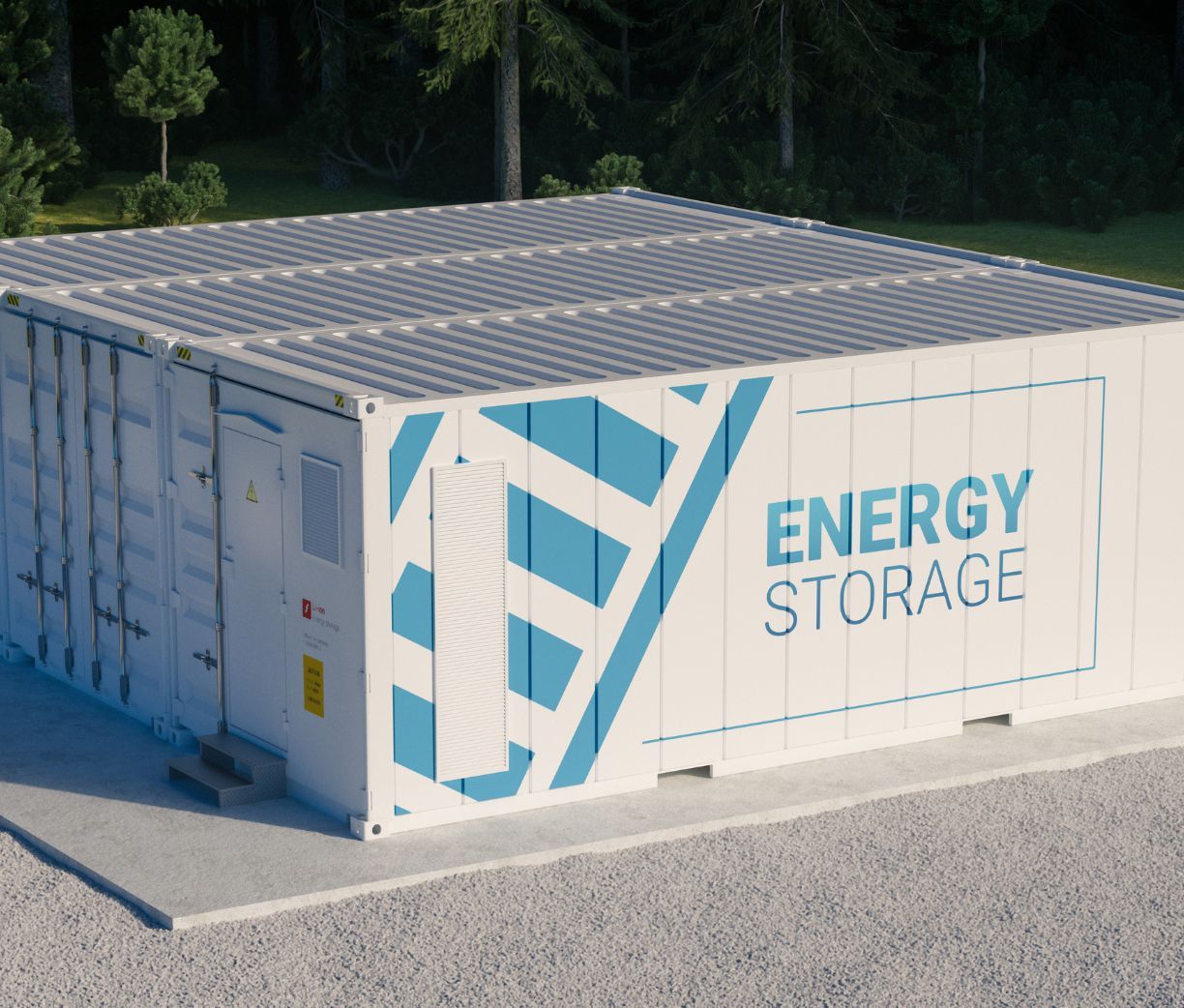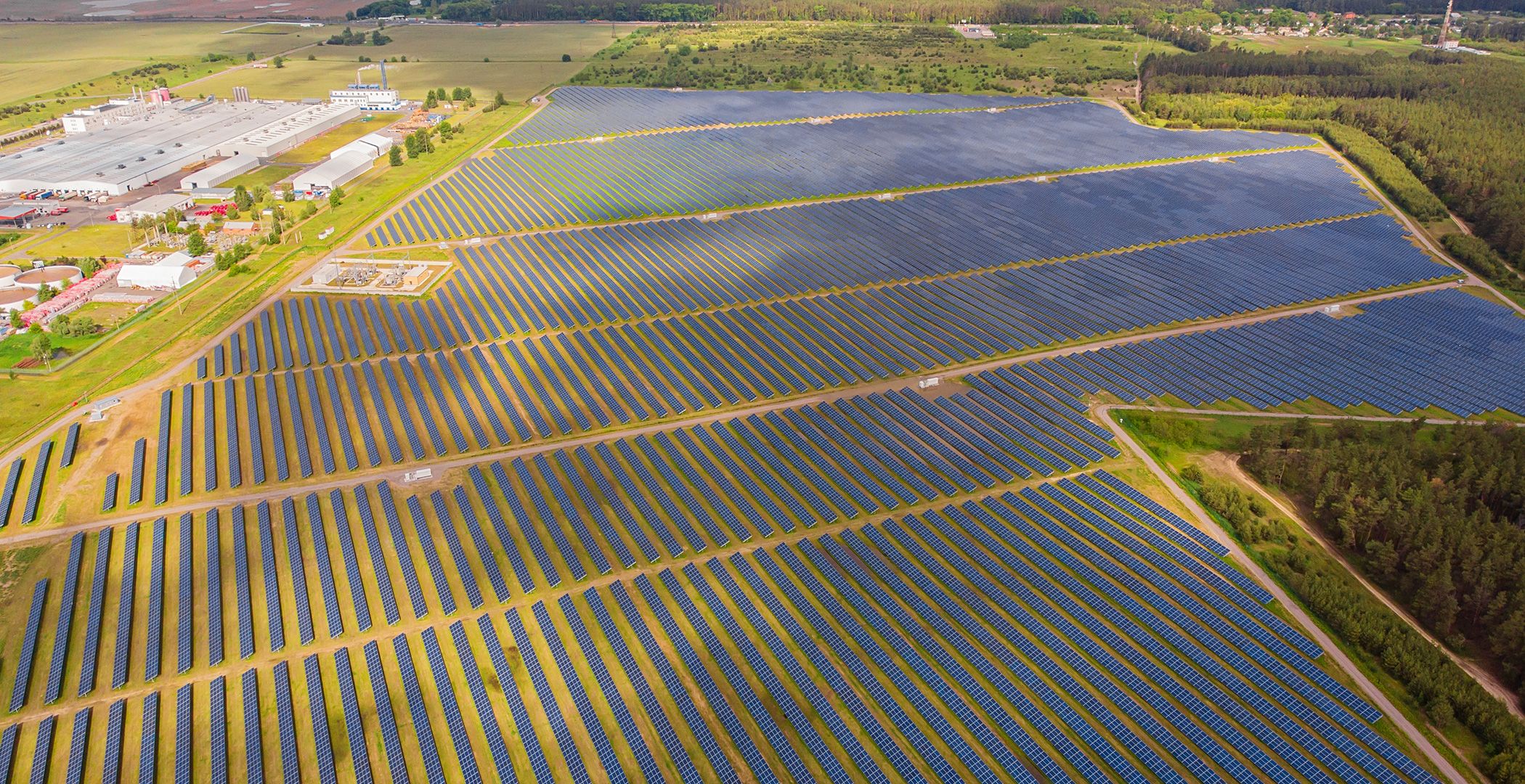Our Projects
Current Project
We’re thrilled to announce that G8 Energy has secured a committed investor for our Sub-5MW Hybrid PV & BESS project in South Western NSW! This marks a major milestone as we continue to accelerate the rollout of renewable energy solutions across the state.
With two additional Sub-5MW BESS-only projects nearing financial close, and a landmark 200MW/800MWh (4-hour) utility-scale BESS project under development, G8 Energy is firmly positioning itself as a leading force in the NSW Battery Energy Storage System (BESS) market.
The project considers the development of a portfolio of 10 small-scale storage systems, located in regional NSW.
These projects will be developed at suitable size for the electric network, closer to the point of consumption to support and improve the security and reliability of the electric grid. Its main benefit of connecting batteries BESS is allowing batteries to capture energy that normally will be lost.
Development Timeline
- Site Identification
- Community Engagement
- Engineering Conceptual Design
- Development Application Planning
- Grid Connection Assessment
- Construction Planning
- Financial Close of Development stage, project ready to be built.
Contact us Today
Key benefits of our Strategy
- Represents opportunity for a better engagement and participation of local communities, including the possibility of having local members of the community as shareholders, economically benefiting from the projects.
- Maximization of Land profitability by combining Rural production with Energy storage. G8 supports specific activities such as sheep grazing and agriculture.
- The project can store enough electricity to supply the annual electricity consumption of approximately 2 thousand households and displace approximately 8,500 metric tonnes of greenhouse gas emissions per year.
- Faster project development and construction times.
- Lower risks associated to development and construction of the projects.

